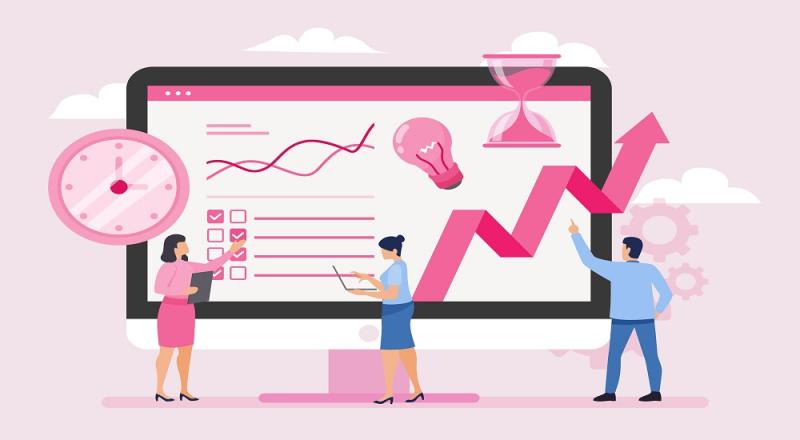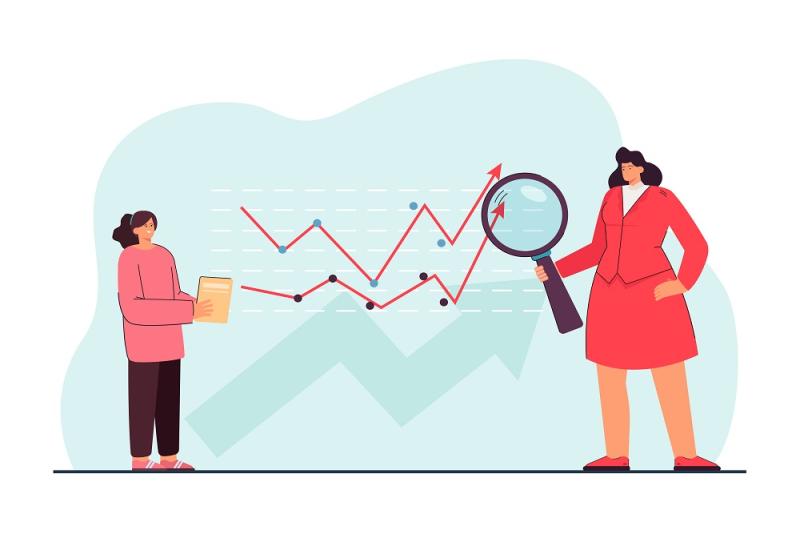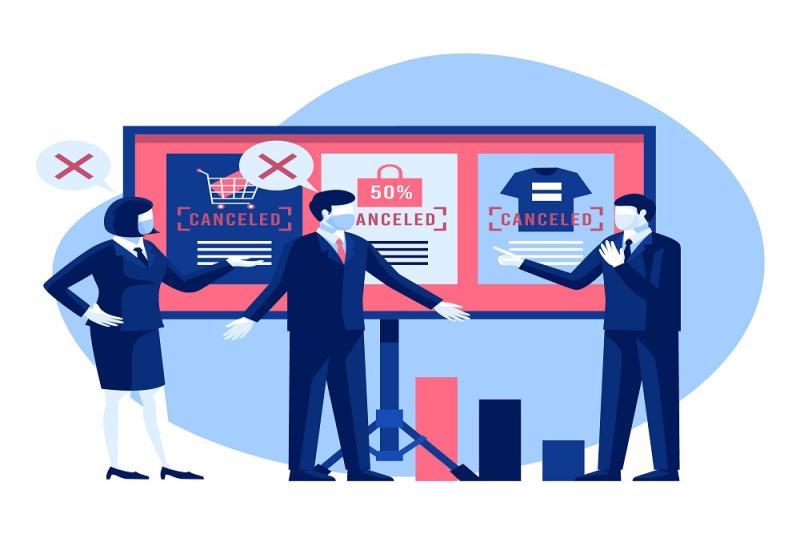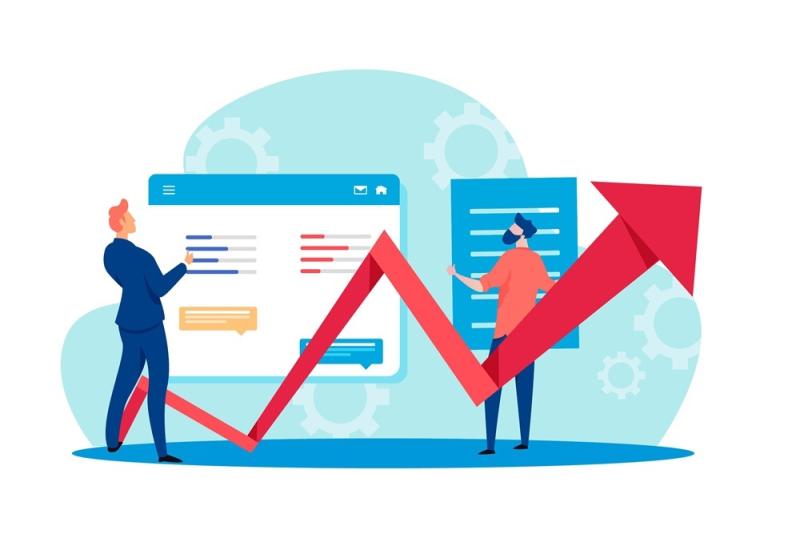Best Forecasting Software for Predicting Market Trends

Imagine if you could predict the future – not with a crystal ball, but with cutting-edge software that taps into powerful algorithms, historical data, and market patterns. In a world where customer demands shift overnight and industries evolve faster than ever, this might seem like wishful thinking. Yet, with modern forecasting software, businesses today can come remarkably close to seeing what lies ahead. Accurate forecasting isn’t just a competitive advantage; it’s an essential survival tool, enabling companies to plan, adapt, and thrive amidst uncertainty. This blog explores the best forecasting software that empowers businesses to harness this predictive power, allowing them to stay one step ahead in the marketplace.
Forecasting software leverages historical data, artificial intelligence (AI), machine learning (ML), and statistical models to predict market trends, enabling businesses to anticipate demand, optimize resources, and make informed decisions. With so many tools available, it’s essential to understand which ones stand out and how they can benefit your business. This blog will explore some of the top forecasting software available today and help you identify which solution might be the perfect fit.
What is Forecasting Software?
Forecasting software helps businesses project future outcomes based on historical data, current trends, and statistical analysis. These tools are used in various business functions, including sales forecasting, demand planning, and inventory management. By accurately predicting market trends, businesses can align their strategies with future demands, optimize resources, and reduce operational risks. Whether you're a small startup or a large enterprise, forecasting software can be a game-changer in streamlining operations, reducing costs, and increasing profitability.
The tools we’ll discuss range from AI-driven solutions to cloud-based platforms designed for seamless integration with your current systems. Let’s dive into the leading software options available today and explore their features, benefits, and ideal use cases.
Best Forecasting Software Solutions
1. thouSense
thouSense is an AI-driven forecasting tool specifically designed to help businesses predict sales volumes and demand trends accurately. Built for companies looking to harness the power of AI, thouSense makes complex data analysis accessible to users without deep technical expertise.
AI/ML Integration: thouSense leverages artificial intelligence and machine learning, which helps it continuously improve forecasting accuracy by learning from new data patterns which makes it one of the best forecasting software. This predictive capability is invaluable for businesses trying to anticipate market fluctuations and seasonal demands.
User-Friendly Interface: One of the standout features of thouSense is its intuitive, user-friendly design, making it accessible even to users without a background in data science or statistics. With an easy-to-navigate dashboard, users can generate reports and forecasts efficiently.
Automation and Scheduling: thouSense enables users to automate forecast schedules, eliminating manual processes and improving productivity. Users can set up forecasts to run at regular intervals and receive email alerts, ensuring teams stay informed without constant oversight.
Comprehensive Reporting: The software offers customizable forecasting reports that allow businesses to view data at various organizational levels, from individual departments to the entire company.
thouSense is especially beneficial for small and medium-sized enterprises (SMEs) that want to leverage AI-driven forecasting without requiring in-house technical expertise. Its simplicity and advanced capabilities make it a valuable tool for companies aiming to improve demand planning and reduce forecasting errors making it the best forecasting software for small and medium-sized businesses.
2. SAP Analytics Cloud
SAP Analytics Cloud (SAC) combines business intelligence, predictive analytics, and planning capabilities in one platform, making it a robust solution for businesses seeking an all-in-one forecasting tool. It’s well-suited for enterprises that need a comprehensive view of their operations and wish to make data-informed decisions across multiple departments.
Data Integration: SAP Analytics Cloud integrates data from multiple sources, allowing users to analyze information holistically. This capability enables businesses to generate insights that are not limited to a single department but span across the organization.
Advanced Analytics and Machine Learning: With built-in machine learning, SAP Analytics Cloud offers predictive insights that help users understand potential future scenarios, thereby allowing proactive planning.
Collaborative Planning: SAP Analytics Cloud is designed with collaboration in mind. It enables different teams within a company to share insights, compare forecasts, and align their goals.
Due to its comprehensive capabilities, SAP Analytics Cloud is particularly suited for large enterprises that require a powerful platform for complex data analysis, forecasting, and scenario planning and makes it the best forecasting software for large businesses.
3. Anaplan
Anaplan is a cloud-based business planning and performance management platform used widely across industries. Anaplan’s powerful forecasting capabilities and flexibility make it ideal for companies that require extensive planning across multiple business functions, from sales and finance to supply chain.
Connected Planning: Anaplan’s connected planning functionality allows companies to link data, people, and plans across the organization, ensuring that forecasts are consistent and aligned with strategic objectives.
Scalability: Anaplan can handle large datasets and complex forecasting models, making it suitable for organizations with high data demands. This scalability allows businesses to build models that are as simple or complex as needed.
Real-Time Collaboration: Anaplan promotes real-time collaboration, enabling multiple users to work on models simultaneously. This feature ensures everyone stays updated and on the same page, which is crucial for fast-paced environments.
Anaplan is ideal for large organizations looking for a flexible and scalable solution for strategic planning and forecasting across various business units.
4. Workday Adaptive Planning
Workday Adaptive Planning is another powerful option, especially for larger enterprises that need an advanced tool for complex forecasting and scenario modeling. It is designed to empower finance, HR, and operations teams with data-driven insights that improve planning and decision-making.
Real-Time Data Integration: Workday Adaptive Planning provides up-to-date information that enables businesses to base forecasts on the latest data, thus ensuring accuracy.
User-Friendly Interface: Despite its powerful capabilities, Workday Adaptive Planning is known for its user-friendly interface, which makes it accessible to users with varying technical expertise.
Seamless Integration with Other Platforms: Workday Adaptive Planning integrates well with other systems, making it easy to incorporate data from various sources for a unified view of the organization.
Workday Adaptive Planning is suitable for businesses that require sophisticated forecasting tools to support decision-making in complex, large-scale operations.
5. Cube
Cube is a financial planning and analysis (FP&A) software solution that brings the power of forecasting to finance and sales teams. Designed to work within familiar spreadsheet environments, Cube offers advanced forecasting capabilities without requiring users to switch platforms.
Automated Data Consolidation: Cube consolidates data from multiple sources, providing users with a “single version of the truth” and eliminating the need for manual data entry or spreadsheet manipulation.
Scenario Planning and Analysis: Cube’s scenario planning features allow users to model how changes to key assumptions impact forecasts, helping them prepare for various market conditions.
Seamless Spreadsheet Integration: Cube integrates with both Excel and Google Sheets, allowing users to work within familiar environments while benefiting from powerful forecasting tools.
Cube is an excellent choice for mid-market companies looking for fast implementation, scalability, and a user-friendly approach to financial forecasting.
Key Considerations for Choosing Forecasting Software
When selecting the best forecasting software for your business, consider the following factors to ensure the tool meets your specific needs:
Business Size and Complexity: Choose software that matches your organization’s data volume and complexity requirements. Some tools are better suited for large enterprises, while others cater to SMEs.
Integration Capabilities: Look for tools that integrate seamlessly with your existing systems to avoid data silos and enable a comprehensive analysis.
User Experience and Learning Curve: Opt for software with an intuitive interface to facilitate easy adoption among team members.
Customization and Scalability: Select a solution that can be tailored to your organization’s unique needs and can scale as your business grows.
Cost: Consider the software’s pricing structure and ensure it aligns with your budget, keeping in mind the potential ROI from improved forecasting accuracy.
Conclusion
Investing in the best forecasting software is a critical step toward making informed, proactive decisions in today’s dynamic market environment. From the AI-driven insights of thouSense to the collaborative planning of SAP Analytics Cloud, each solution offers distinct features designed to meet diverse business needs. By assessing your organization’s goals, budget, and operational complexity, you can choose a forecasting software that enhances decision-making, optimizes resource allocation, and positions your business for sustained success.
Explore our AI-based SaaS platform to predict sales volume and demand trends. To know more, visit: https://thousense.ai/pricing









Comments